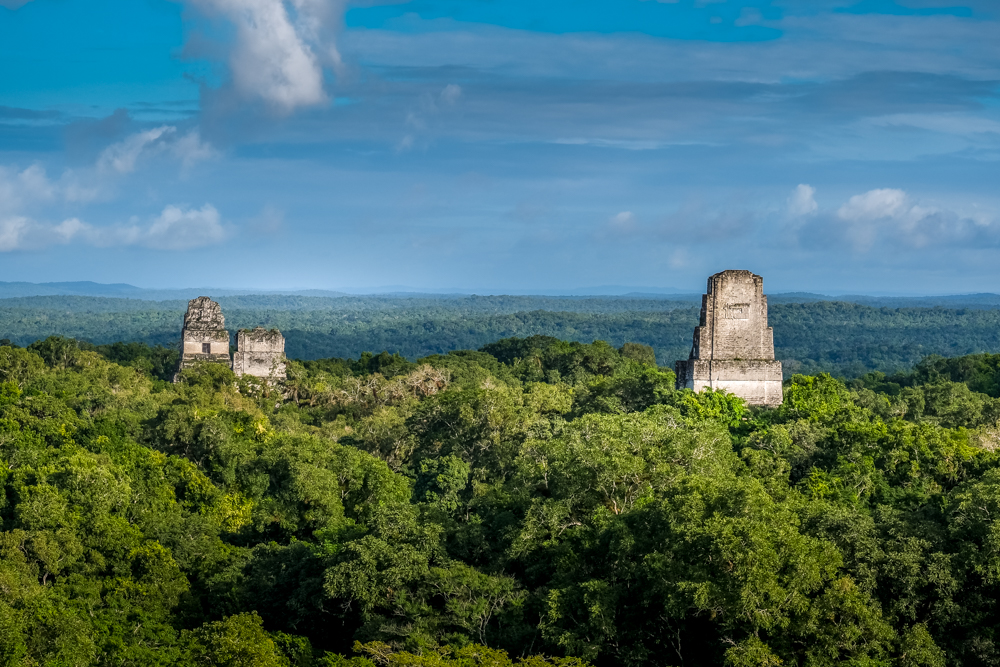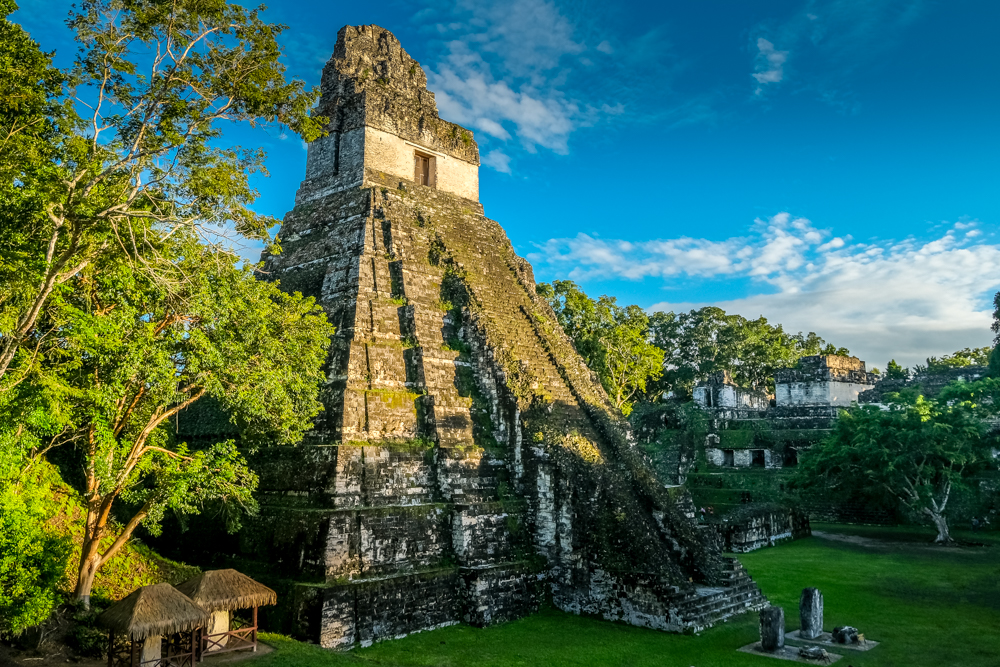Our essential tips for visiting Tikal, the most fantastical Maya ruins in all of Central America
Mexico’s Chichén Itzá may be a world wonder and receive far more visitors, but there are few ancient ruins more atmospheric, romantic and impressive than Tikal in Guatemala.
These UNESCO-listed Maya ruins are truly unique. Towering above the steamy rainforest, the steep limestone pyramids of Tikal are arresting from every angle. On the jungle floor, mysterious burial sites and fortifications are carpeted in slippery moss while giant roots and twisting vines envelop the foundations of the great temples.
We visited Tikal during our month-long trip through Central America. It was a highlight of the journey, a real bucket list adventure up there with any of the wonders of the world, new or ancient. To help you with your own visit, we’ve put together the following tips for visiting Tikal in Guatemala.
What is Tikal?
Constructed in waves over a period of around 650 years between 250 to 900 AD, Tikal is a vast ancient Maya city comprising hundreds of temples, pyramids and monuments. The site is built on a low hill above swampy ground, making it an ideal place to construct a city. There is also an abundance of flint in the region which was used widely for tools and weapons and traded extensively across the empire.
Although Tikal may have been settled by 600 BC, it didn’t reach its zenith as a city until around 550 AD when the population may have peaked as high as 90,000. King Jasaw Chan Kʼawiil I (also known as Ah Cacao) defeated his rival in Calakmul, Mexico, in 695 AD in what is considered Tikal’s renaissance period. It was during this time and the ensuing 200 years when most of the great temples were built.
From around 900 AD onwards, Tikal’s dominance began to wane, as did that of the wider Maya civilisation, whose collapse still remains a mystery. Tikal was rediscovered in 1848 when the Guatemalan government sent out a team to find the site. Several archaeological expeditions took place over the next century-and-a-half, unearthing and restoring the many structures. In 1979, Tikal National Park was declared a UNESCO World Heritage Site.

Tips for visiting Tikal
Our tried-and-tested tips for visiting Tikal will help you get the most out of…
Click Here to Read the Full Original Article at Atlas & Boots…
